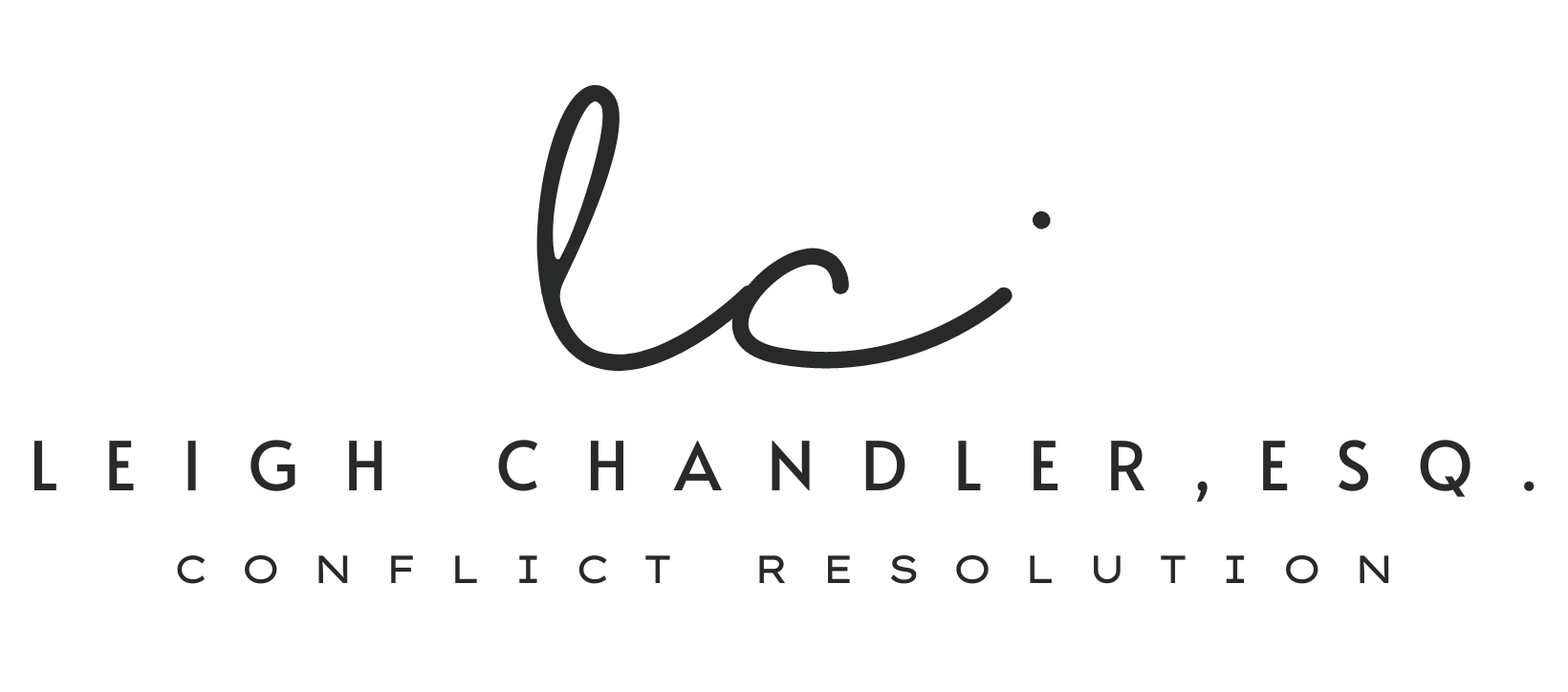As a mediator, I have had the privilege of helping to resolve many disputes between lawyers and clients. In this series of posts, I’m giving some tips for preventing and resolving these disputes, generalized to apply to any professional/client relationship.
In my first post, I shared three of the most preventable things that I regularly see in lawyer/client conflicts, which probably also apply to many other professions. In my most recent one, I gave you a few things you can do once you’re in a conflict with a client to maximize the chances that you quickly come to a resolution that satisfies both of you. In this one, I’ll give you some tips for approaching a mediation to resolve a dispute with your client. Although these tips come from observing a lot of lawyers and clients in conflict, they would apply to any professional/client dispute.
- Send the right person. Under most circumstance, the “right” person is the person the client thinks of as the other party. If the client has a dispute with Jill, and Jill skips the mediation because Joe is the person the firm sends to mediation, it can feel very disrespectful to someone who lacks experience in legal proceedings. Now, there are situations where it makes sense to someone else – if Jill is going to be a huge jerk at mediation, the firm might be making the best decision by sending someone who will be reasonable. And there are certainly situations where the person the client would expect to see can’t be there, or really isn’t the person with the most knowledge of the situation or authority to resolve it. Always have someone who actually knows the client available by phone at least, and make sure the person you send is very well briefed on the situation. If possible, give the person who attends the mediation enough settlement authority to get a realistic deal done, so the client doesn’t feel like they are negotiating with an absent decision maker. (This advice is geared toward professionals who want to settle the case at an early mediation. If you don’t care if you settle it, or if you only want to settle if you can get a really good deal, an absent decision maker can be a great strategy.)
- If your client wants to talk to you directly, be open and friendly. Consider any joint session to be a chance to display grace and humility. You can argue all you want when you’re alone with the mediator, and you can trust that the mediator is bringing your arguments to the client. But if you’re in the room together, take the opportunity to build up some goodwill and make them feel heard and respected. Listen and express understanding before you tell your side of the story. Avoid cross-examination. Ask questions politely and with curiosity. Make eye contact. Don’t interrupt. And remember – you can always decline a joint session! If you feel too angry or emotional to manage all that – it’s not easy! – you might have a better negotiation from your separate rooms.
- Express accountability. This can be so powerful, and it doesn’t require a full-blown apology. You certainly don’t have to take the blame for the whole dispute. You just have to find something you can take responsibility for. That can be something you wish you’d done differently, or something you will do differently going forward to avoid this kind of conflict. This kind of accountability can transform the conversation by giving your client a little bit of vindication (small price to pay for a good, peaceful settlement) and making them feel like they’ve improved things for the next client who comes along. But only do this if you can do it authentically, and don’t make any swipes at your client – for example, “I’m so sorry I didn’t realize that you were going to be a terrible client before I signed you up” is not the kind of accountability I’m talking about.
- Express care for your client. Expressing care can be so easy, and yet is often overlooked by professionals who are focused on the conflict itself, and not on the client’s whole situation. Clients who end up in a dispute resolution situation are often in a bad situation themselves. Maybe financial issues left them unable to pay your bill, or they got a bad result that wasn’t your fault, but it still a really big problem for them. Asking a question or two about how they’re doing and expressing some concern about their troubles can be the difference between seeming like an adversary and a human being. You want them to see your human side. It gets difficult cases resolved.
What if you read through all three of these posts and you’re still saying “Nope, none of that would have worked in my situation, there’s no way I could have avoided or resolved anything with my nightmare of a client….”
You might be right! Some clients are going to be unhappy with you no matter what you do. It happens.
But here’s the thing:
Those clients are learning experiences:

Figure out what red flag you missed, and you’ll avoid ever ending up in this particular bad situation again. That’s pretty valuable, because the next bad client could have been worse!

You can always use the experience to grow. If you can be your best self with this client, you’ll be a better version of you with every one that comes after.
Everything is an

if you choose to look at it that way.
